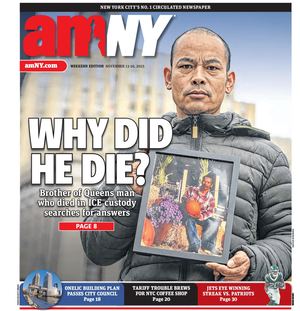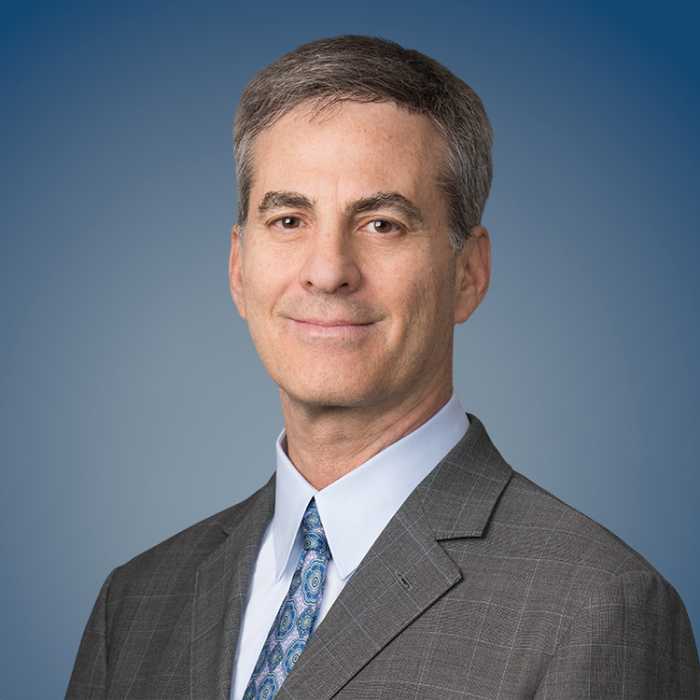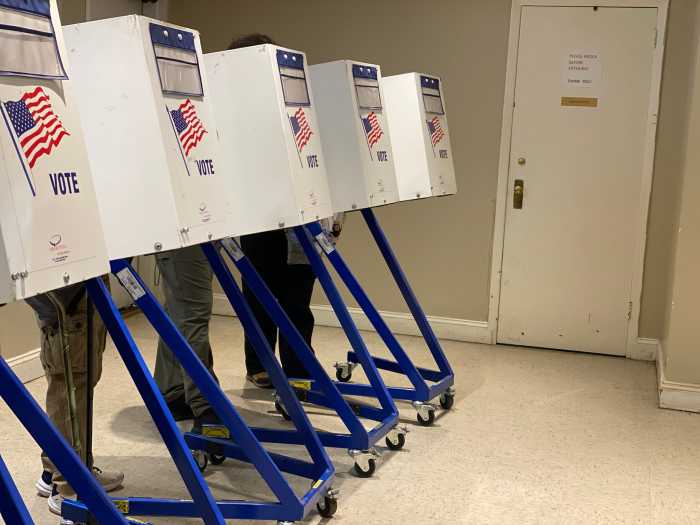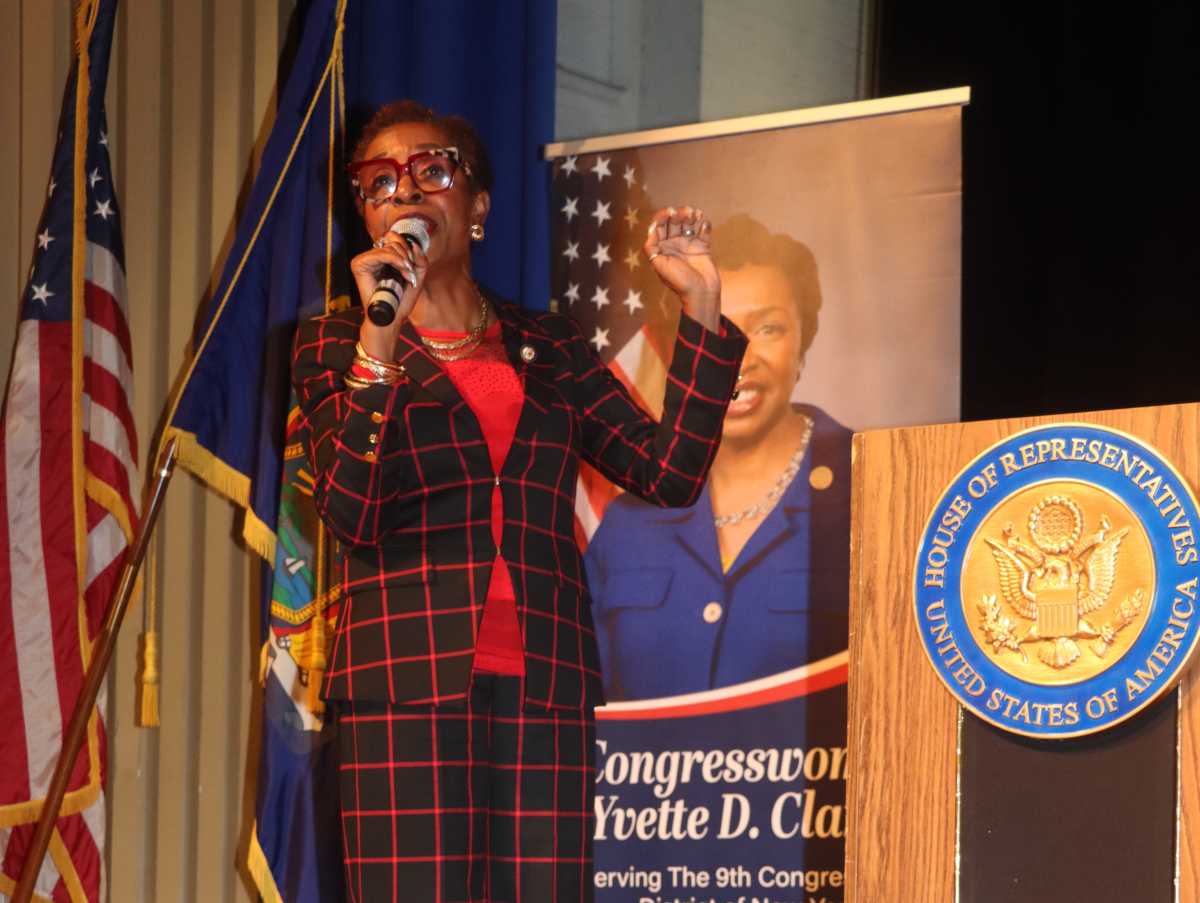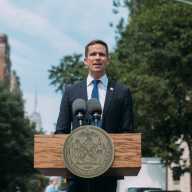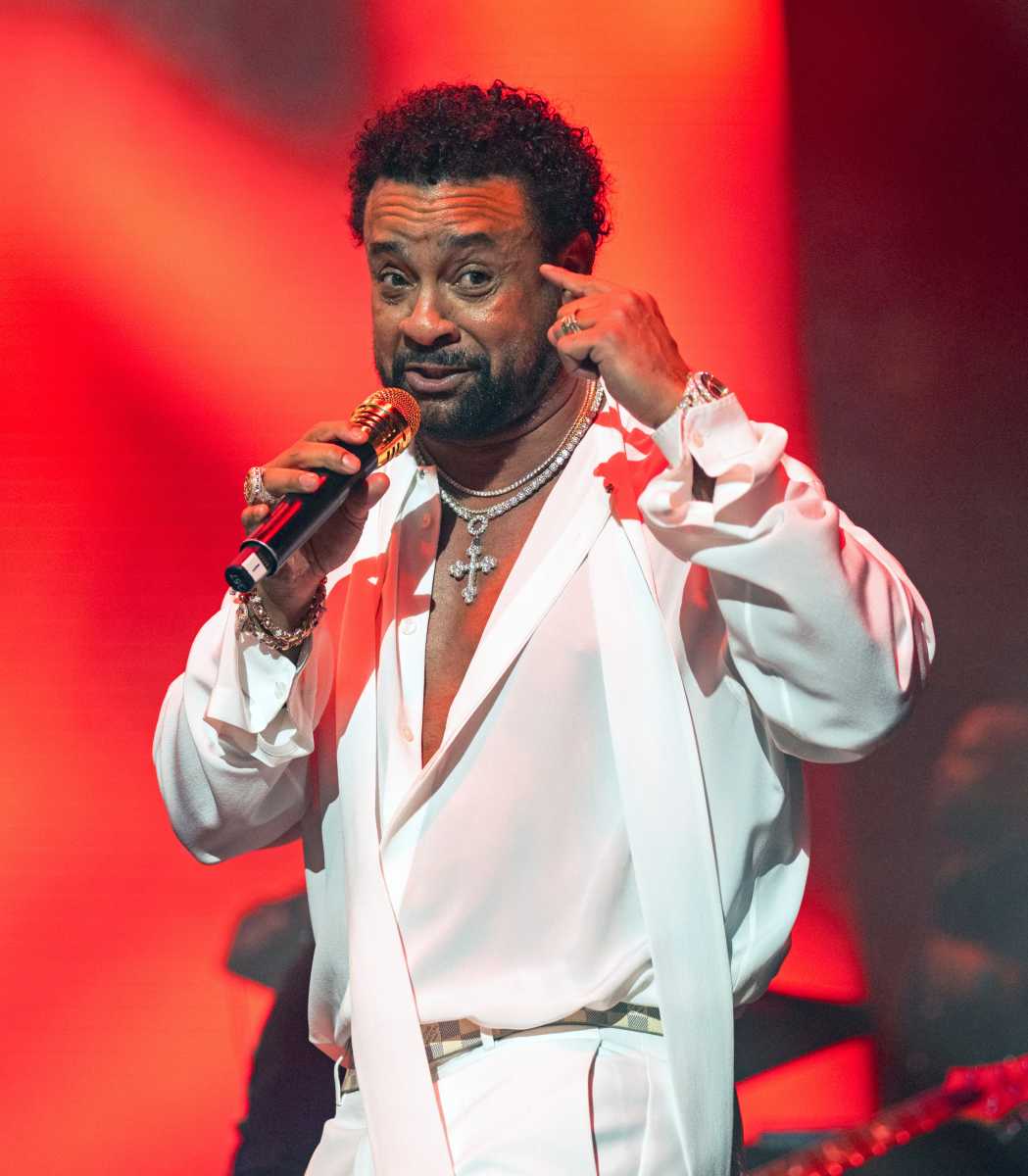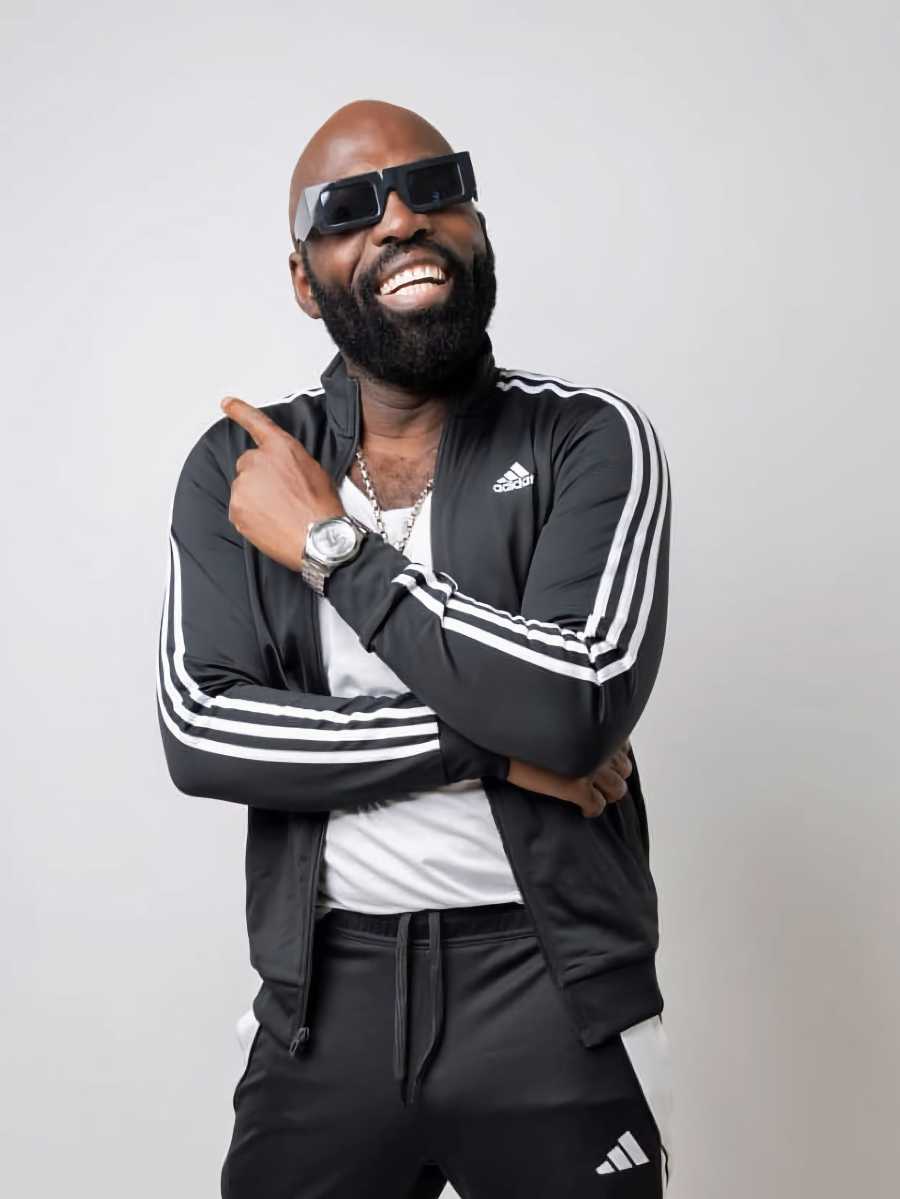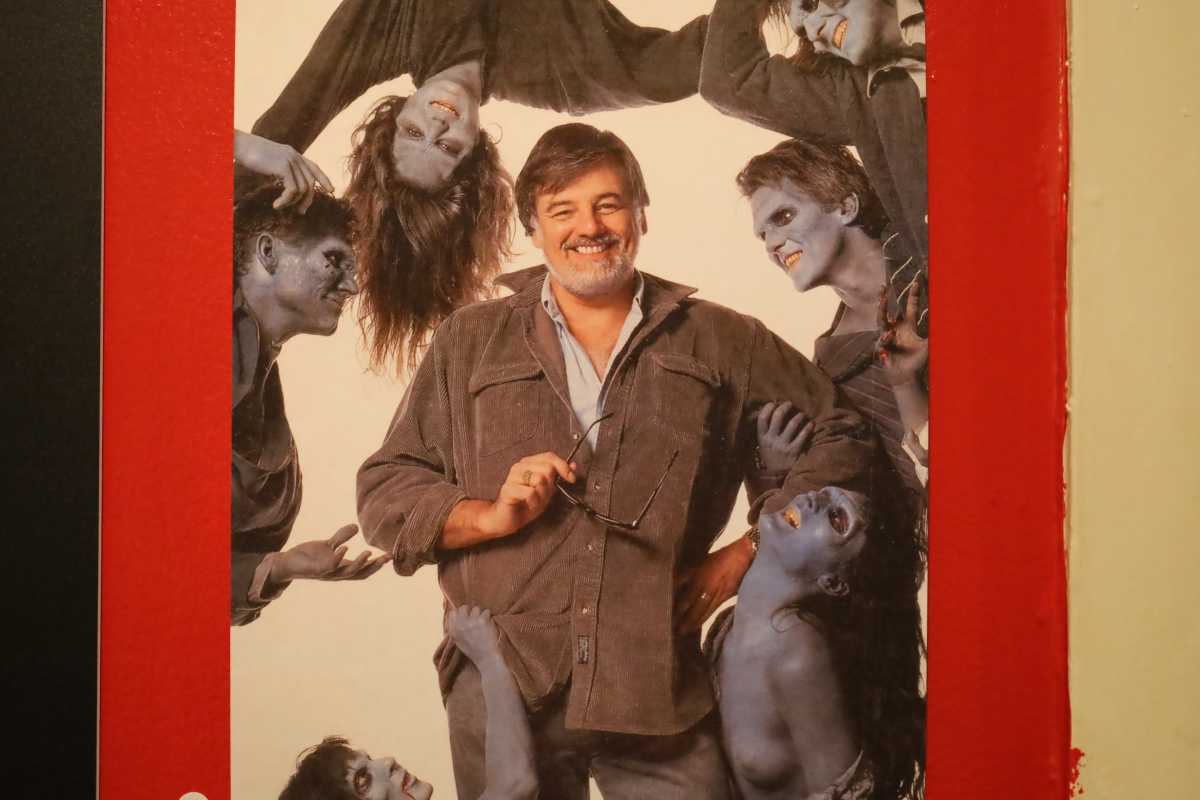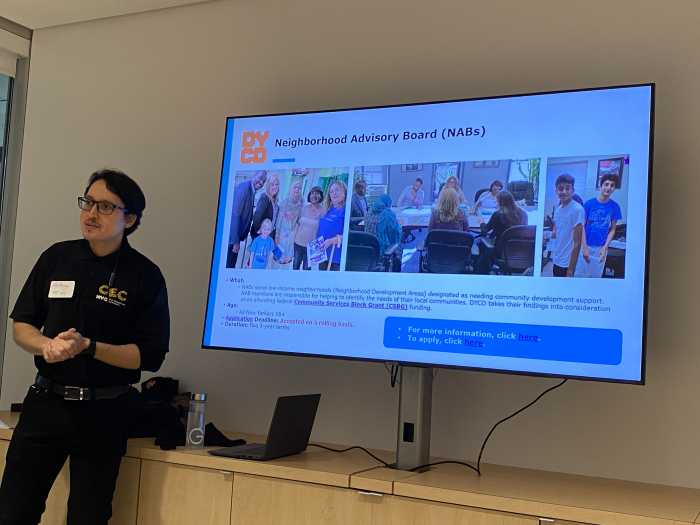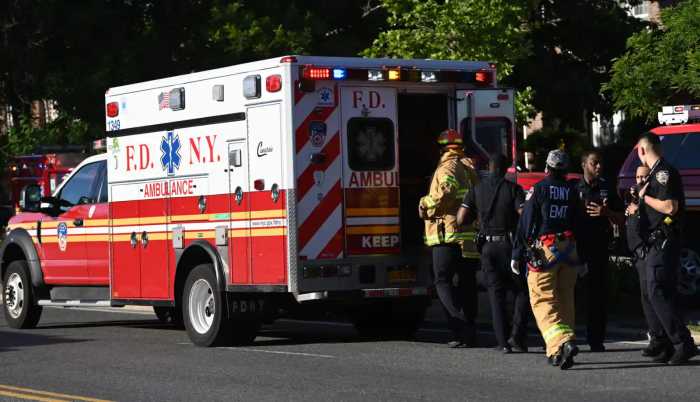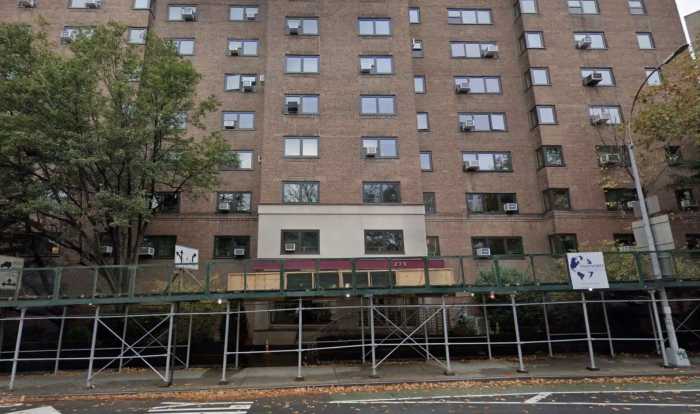
When is a “fair fix” not so fair?
When it’s little more than a political ploy.
Mayor Bill de Blasio unveiled his plan to save the subways Monday, proposing an income tax increase on city residents who earn more than $500,000 and couples who earn more than $1 million. The so-called “millionaire’s tax” would add about $700 million a year initially to the MTA’s coffers, de Blasio said.
De Blasio’s new tax seems like a simple way for the city to contribute more to the MTA. But the proposal requires approval from the State Legislature, including the Republican-led State Senate, which in the past has rejected de Blasio efforts to impose a similar millionaire’s or mansion tax.
So the mayor’s plan is not the immediate fix he says it is, and it’s likely a no-go altogether as a permanent source of subway money. It’s also not quite the revenue boost it appears, because $250 million a year would go to half-priced MetroCards for low-income riders, a good idea de Blasio rejected previously as too expensive.
De Blasio says he will fight for his tax increase, but he should be fighting for more innovative and probable solutions. That includes a tolling and congestion pricing plan to reduce traffic, encourage use of public transit, and generate as much as $1.5 billion a year for bridges, roadways and subways. But de Blasio has called congestion pricing a “non-starter” because Albany wouldn’t support it. Why then is he fighting for a millionaire’s tax, a weaker policy that Albany also won’t support?
Even Gov. Andrew Cuomo has hinted he is coming around on the idea that drivers should pay more for traveling at peak hours of traffic. MTA data show lower overnight toll prices, an experiment during the “summer of hell,” have led 10 percent more truckers to cross into Manhattan between 10 p.m. and 5 a.m. More can be done. The governor should consider real estate-related or sponsorship revenue streams, too.
The state and the city have to pay for the subways’ short-term emergency needs now. But a more comprehensive, more realistic long-term funding strategy is needed.
Only then would there be a fair fix.
